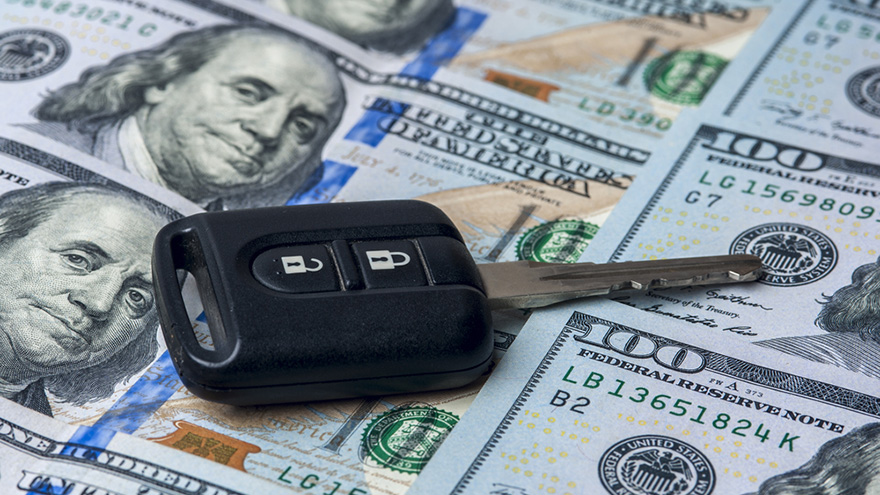November auto defaults hold steady

In the midst of the holiday break, analysts from S&P Dow Jones Indices and Experian released an update on auto finance defaults through November.
Fortunately, what they spotted shouldn’t give the industry an unwanted jolt to start regular business operations again now that it’s 2018.
The auto finance portion of the S&P/Experian Consumer Credit Default Indices stood at 1.11 percent in November, remaining unchanged compared to the previous month. The reading did represent an 11 basis point rise year-over-year, leaving the mark at its highest point since December 2013.
Meanwhile, the composite rate — which represents a comprehensive measure of changes in consumer credit defaults — decreased 1 basis point on a sequential basis in November to settle at 0.89 percent.
The bank card default rate also was unchanged at 3.28 percent as the first mortgage default rate decreased one basis point from October to 0.66 percent.
Analysts noted first mortgages are the only category to report a lower default rate versus one year ago. Due to higher default rates in bank cards and auto loans, the composite default rate showed a 2 basis point increase over this period.
Looking at the largest markets analysts track, S&P and Experian indicated that three of the five major cities saw their composite default rates rise in November.
Los Angeles and Dallas posted the largest increases, with Los Angeles moving up from 0.72 percent to 0.76 percent and Dallas rising from 0.78 percent to 0.82 percent.
Chicago also reported an increase, ticking up 1 basis point to 1.09 percent.
The default rate for New York fell 7 basis points to 0.93 percent, and the rate for Miami dropped 9 basis points to 0.97 percent.
“Default rates on bank cards and auto loans held steady while the first mortgage default rate pulled back slightly in November,” said David Blitzer, managing director and chairman of the index committee at S&P Dow Jones Indices.
“Since both auto loan and bank card defaults have trended up for much of 2017, this is favorable. First mortgage default rates are flat to down so far in 2017. The patterns across the five cities highlighted here are mixed, though Miami remains slightly above the others,” Blitzer continued.
Blitzer closed his analysis by touching on unemployment and wages — two economic trends that can greatly impact how auto financing performs.
“The overall economy is ending 2017 on a strong note with very low unemployment, modest inflation and real GDP up better than a 3 percent annual rate in the second and third quarters,” Blitzer said.
“At the same time, the savings rate — personal savings as a percentage of disposable personal income — is slipping as spending rises faster than income for most Americans. As recently as October 2015, the savings rate was 6.3 percent; in October 2017, it was halved to 3.2 percent,” he continued.
With spending rising faster than wages, the savings rate is likely to drop further, and consumers will be forced to increase their borrowing. Whether wage growth picks up, spending slows, or default rates climb remains to be seen,” he went on to say.

 View The Latest Edition
View The Latest Edition

